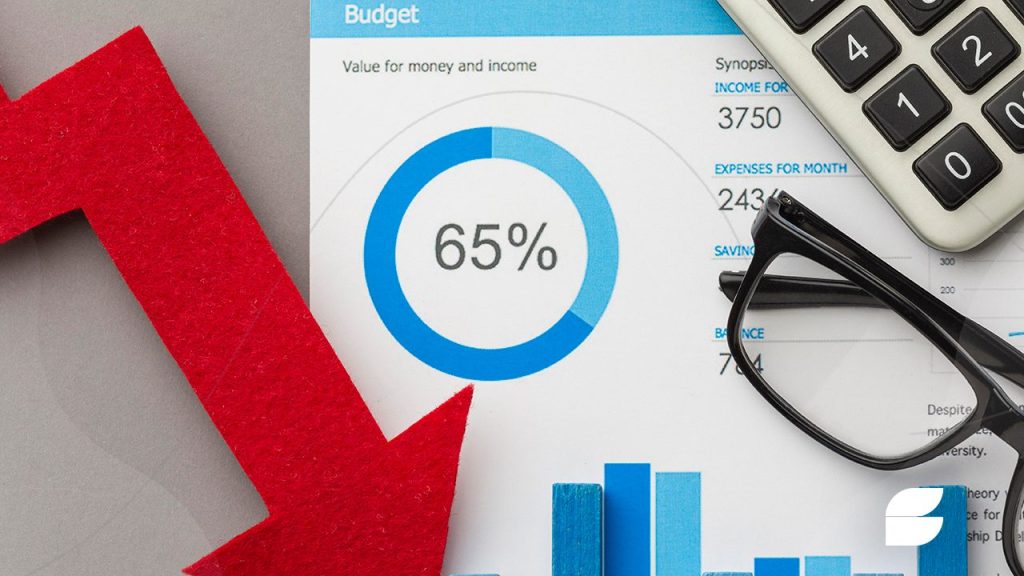Interest rate cuts can significantly impact the economy, the stock market, and your investment portfolio. When central banks reduce interest rates, borrowing becomes cheaper, stimulating economic activity. But it also affects how different asset classes perform. Knowing how to invest during rate cuts can help you maximize your returns while managing risks. This article explores various strategies to adjust your investment approach when interest rates are lowered.
Understanding Rate Cuts and Their Impact

Interest rate cuts are typically used by central banks, like the Federal Reserve, to stimulate economic growth during slowdowns. Lower rates make borrowing cheaper, which encourages consumer spending and business investments. However, it also reduces the returns on traditional savings products like savings accounts and bonds. Investors need to adapt their strategies to benefit from the changing economic landscape.
Stock Market Opportunities
One of the primary beneficiaries of rate cuts is the stock market. Lower interest rates reduce borrowing costs for companies, potentially boosting profits and stock prices. Sectors such as technology, real estate, and consumer goods often see substantial growth during periods of lower rates. Investors might consider reallocating their portfolios toward growth stocks, especially in industries that are likely to benefit from increased consumer spending and corporate expansion.
Bonds and Fixed-Income Investments
While bonds tend to offer lower yields during rate cuts, they can still be valuable for diversification. Long-term bonds may become more attractive as their prices rise when interest rates fall. Investors should consider shifting to long-duration bonds or bond funds, which generally perform better in a low-interest-rate environment. Additionally, high-yield corporate bonds could offer higher returns, although they carry more risk.
Real Estate Investments
The real estate market often flourishes when interest rates drop, as lower mortgage rates make it easier for consumers to purchase property. Real Estate Investment Trusts (REITs) can be a lucrative investment option during these periods, as they tend to offer stable returns and dividends. Real estate investments provide a way to capitalize on increased demand for property and growth in housing markets spurred by lower borrowing costs.
Commodities and Gold

Rate cuts can weaken a country’s currency, driving up the price of commodities like gold. Gold is often viewed as a safe-haven asset during periods of low-interest rates and inflation. Investors may want to increase their exposure to gold or other precious metals to hedge against potential market volatility and currency devaluation. Commodities can offer an excellent counterbalance to more traditional asset classes in a diversified portfolio.
Conclusion
Investing during rate cuts requires a strategic approach that focuses on capitalizing on opportunities in growth sectors, long-term bonds, real estate, and commodities. By adjusting your portfolio to reflect the changing economic environment, you can make the most of lower interest rates while managing risks. Remember that diversification is key, and aligning your investments with your long-term financial goals will help you navigate periods of rate cuts more effectively.



 Revvi Visa: Tarjeta para Recuperar Crédito con Aceptación Global <p class='sec-title' style=' font-weight: normal; line-height: 1.9rem !important; font-size: 17px !important;'> Inclusión financiera para consumidores con crédito limitado, aceptación Visa, tarifas más altas y gestión digital </p>
Revvi Visa: Tarjeta para Recuperar Crédito con Aceptación Global <p class='sec-title' style=' font-weight: normal; line-height: 1.9rem !important; font-size: 17px !important;'> Inclusión financiera para consumidores con crédito limitado, aceptación Visa, tarifas más altas y gestión digital </p>  Credit Card Revvi Visa — Visión general, aceptación y características principales <p class='sec-title' style=' font-weight: normal; line-height: 1.9rem !important; font-size: 17px !important;'> Tarjeta accesible para la reconstrucción del crédito, amplia aceptación Visa, funcionalidades digitales y control financiero básico. </p>
Credit Card Revvi Visa — Visión general, aceptación y características principales <p class='sec-title' style=' font-weight: normal; line-height: 1.9rem !important; font-size: 17px !important;'> Tarjeta accesible para la reconstrucción del crédito, amplia aceptación Visa, funcionalidades digitales y control financiero básico. </p>  Discover Card: <p class='sec-title' style=' font-weight: normal; line-height: 1.9rem !important; font-size: 17px !important;'> Discover Card: </p>
Discover Card: <p class='sec-title' style=' font-weight: normal; line-height: 1.9rem !important; font-size: 17px !important;'> Discover Card: </p>